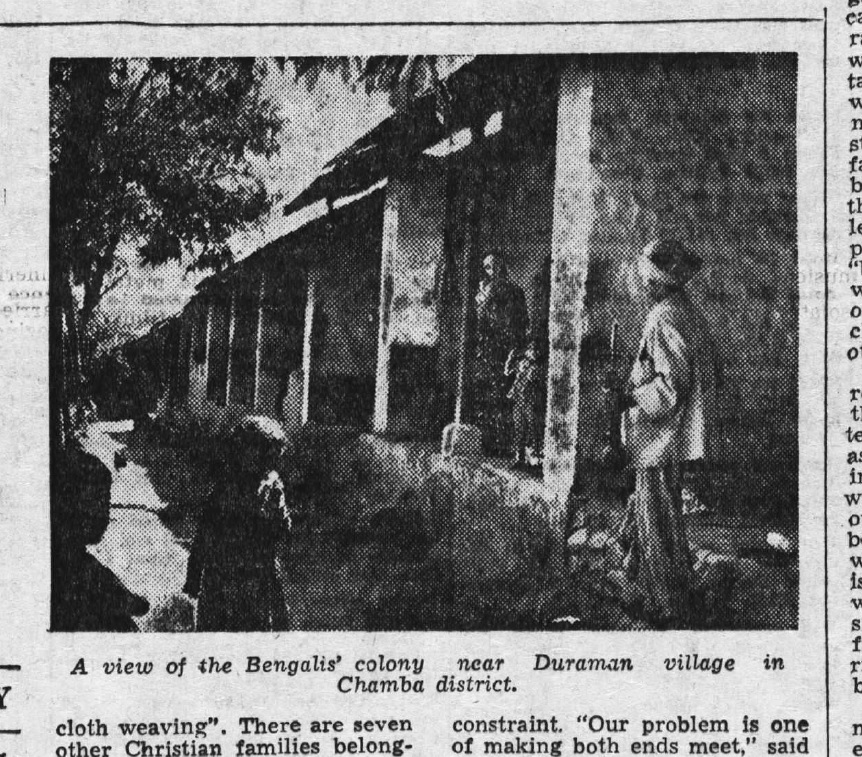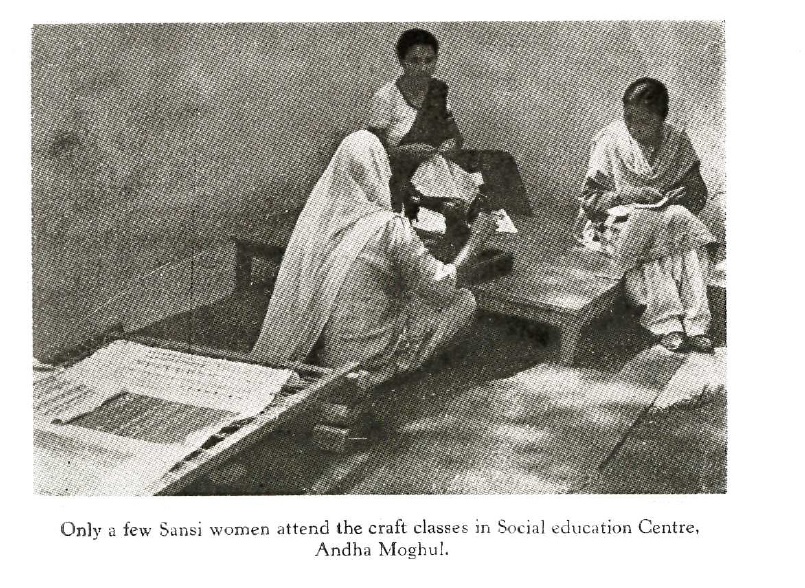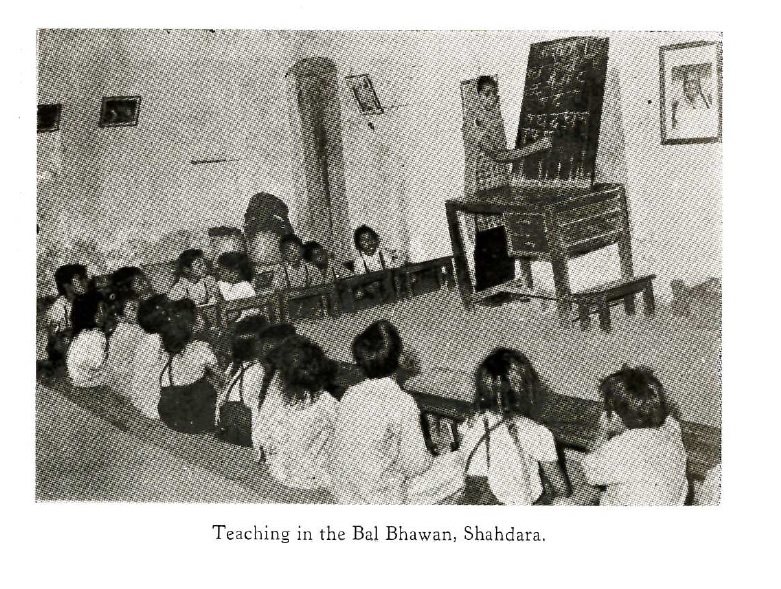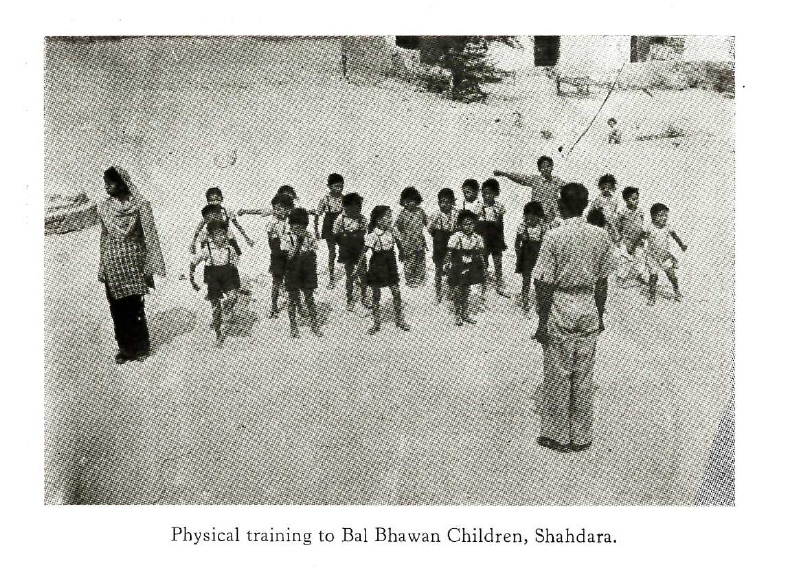How did stereotypes of criminality influence state policy towards the former “criminal tribes” (“CTs”) – now known as “denotified tribes” – in the years after Indian independence in 1947? How were colonial penal practices refashioned within postcolonial welfare & development? 1/
I’m @GandeeSarah and this week I’ve been tweeting for @detsolnet on the history of the “colonial” Criminal Tribes Act (CTA) across and after Indian independence in 1947 2/
The CTA declared around 200 communities/groups as “CTs” – a colonial term for a diverse range of socially marginalised & nomadic peoples who the British declared criminal. On the colonial history, see tweets from @HinchyJessica here: https://tinyurl.com/to7vdht ">https://tinyurl.com/to7vdht&q... 3/
The Govt of India repealed the CTA in 1952 (some states earlier). “CTs” were re-labelled as “denotified tribes”/DNTs, also known as vimukta jatis, meaning “liberated communities” 4/
We saw yesterday that DNTs continued – and continue – to be subjected to police surveillance, harassment & violence, despite the repeal of the CTA https://tinyurl.com/srfpube ">https://tinyurl.com/srfpube&q... 5/
But what about other elements of the “CT” project – sedentarization, “legitimate” labour, family & social life? My thread today looks at how these elements were refashioned within the postcolonial welfare state after 1947 6/
Along with repeal of the CTA, the govt’s 1949 Enquiry Committee recommended that “suitable ameliorative measures” be taken to make sure the DNTs did not “revert to crime” - by this point, their “criminality” was rooted in “bad environments & low economic conditions” 7/
Various welfare schemes were therefore set up under Five Year Plans & by state govts. These focused on the provision of housing, education & training in “legitimate” forms of work. In many ways they were reminiscent of the colonial project 8/
Schemes focused on training in agriculture & small industries, financial aid for housing & education. Welfare was a new (? or refashioned) means through which the state could try to sedentarise “CTs” & end their mobility practices & livelihoods deemed “illegitimate” /9
At the Social Education Centre in Reclamation Colony, Delhi, women were taught literacy & training in handicrafts. A social worker also taught “useful topics like motherhood & the child, ‘Family planning, Household budget’, personal hygiene; cleanliness and disease” 10/
At the Bal Bhawan in Kasturba Nagar, Delhi, children from DNTs were taught “good habits, manners, discipline and elementary education”. Also a persistent trope that DNTs were averse to these efforts 11/
The schemes weren’t necessarily unique; they had many parallels with other welfare & development programmes set up in this period. But were also entangled with existing (often caste-based) prejudices against DNTs & reiterated their criminalisation 12/
At the same time, one of the most important policies to help disadvantaged groups in independent India, “reservations” for Scheduled Castes & Scheduled Tribes, largely bypassed DNTs 13/
There is no separate classification for DNTs within the constitution, although a few states have created a sub-category of DNT/vimukta jati. When the schedules of SC, ST & OBC were drawn up in 1950s, DNTs were divided between them or left out of reservations altogether 14/
Arguably, this was partly because of the vast diversity of communities criminalised under the CTA. It also links to more general problems of classification (issues of residence – esp. for mobile groups, marriage, “proof”) & initial compilation of lists of SCs in 1930s 15/
I’d also suggest it’s because there were few advocates for DNTs within politics in 1940s/50s, as there were for dalit & adivasi groups. Instead we see continued prejudice by those responsible for framing structures of the postcolonial state 16/
While some groups have benefited from reservations, the vast majority of DNTs face significant structural barriers in terms of access to the quotas for jobs & education 17/
The Indian govt during the early post-independence years had a somewhat contradictory stance towards DNTs, then: continued recognition of DNTs as a distinct group defined by “criminality” who needed state welfare vs no constitutional recognition in terms of reservations 18/
I won’t stray into the contemporary side of this too much, but you can read about some of the present-day issues faced by DNTs & esp. the problem of reservation (or lack of) in this report by the recent DNT National Commission https://tinyurl.com/w5pv2vo ">https://tinyurl.com/w5pv2vo&q... 19/
This is my final day tweeting for @detsolnet on the history of the CTA across Indian independence. Thanks so much for reading & engaging with this topic, & thanks to @saumyadadoo & @sharmashailza14 for inviting me 20/
I’ve researched the CTA & its legacy as a subject of history, but this sometimes feels somewhat removed from the ongoing, real-world issues faced by the *at least* 15 million (likely much more) people termed as denotified tribes today 21/
So bringing mine & @HinchyJessica‘s historical analysis into conversation with the contemporary situation – provided by @ameyaetc & @glorious_gluten from NGO Muskaan in the coming weeks – is an incredibly important & valuable conversation to have, so thanks again @detsolnet /22
And thanks also to all those who have added their own thoughts/comments/insights to these threads, it& #39;s been incredibly useful - keep them coming! /23

 Read on Twitter
Read on Twitter





